A massive crash on a highway in Japan kills 1 person and injures 26 as the holiday season starts.
The Gunma prefectural highway police said Saturday that the pileup on the Kan-etsu Expressway started with a collision between two trucks in the town of Minakami, about 160 kilometres (100 miles) northwest of Tokyo.
A 77-year-old woman from Tokyo died, police said. Out of the 26 injured, five were reported to be in serious condition.
The crash of the trucks blocked parts of the expressway, and cars coming from behind them were unable to brake on the snowy surface. More than 50 vehicles were involved in the pileup, police said.
A fire erupted at the far end of the pileup, spreading to more than a dozen vehicles, some of which were completely burned. Nobody was injured from the fire, which was extinguished about seven hours later, police said.
A warning about heavy snow was in effect late Friday, when many Japanese started their year-end and New Year holidays.
Parts of the expressway remained closed for police investigation, removal and cleaning of the wreckage.
The Associated Press
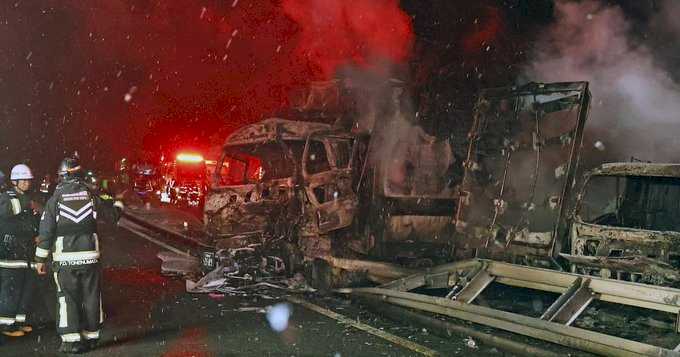

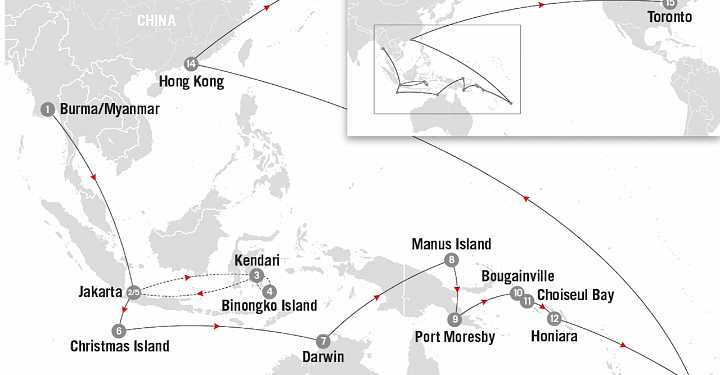


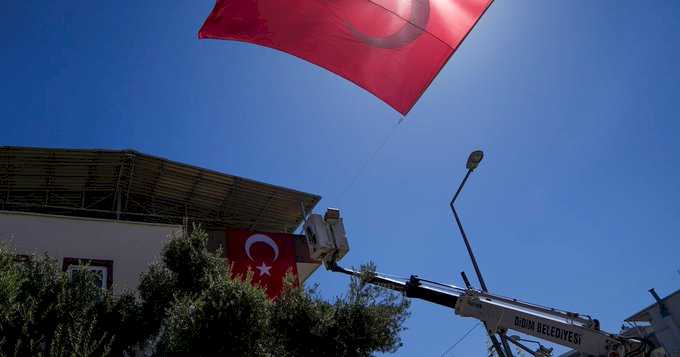
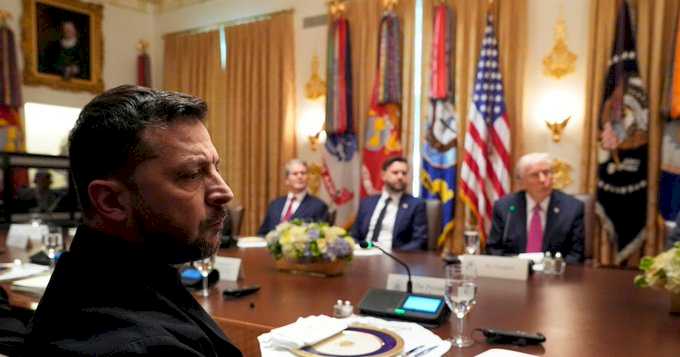


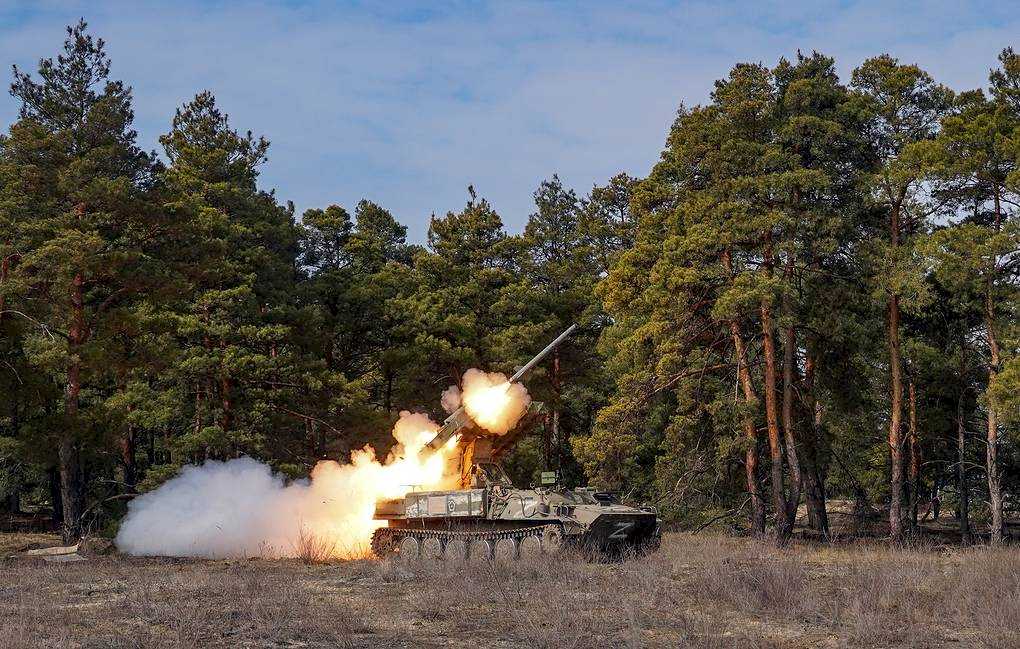
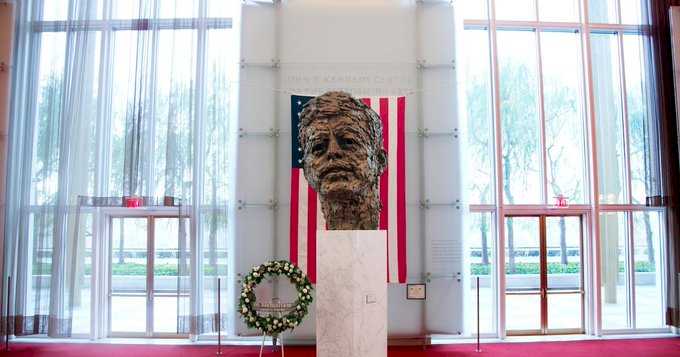
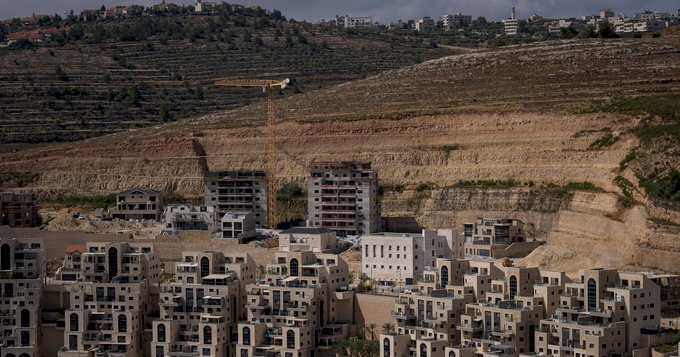




Global News on Umojja.com